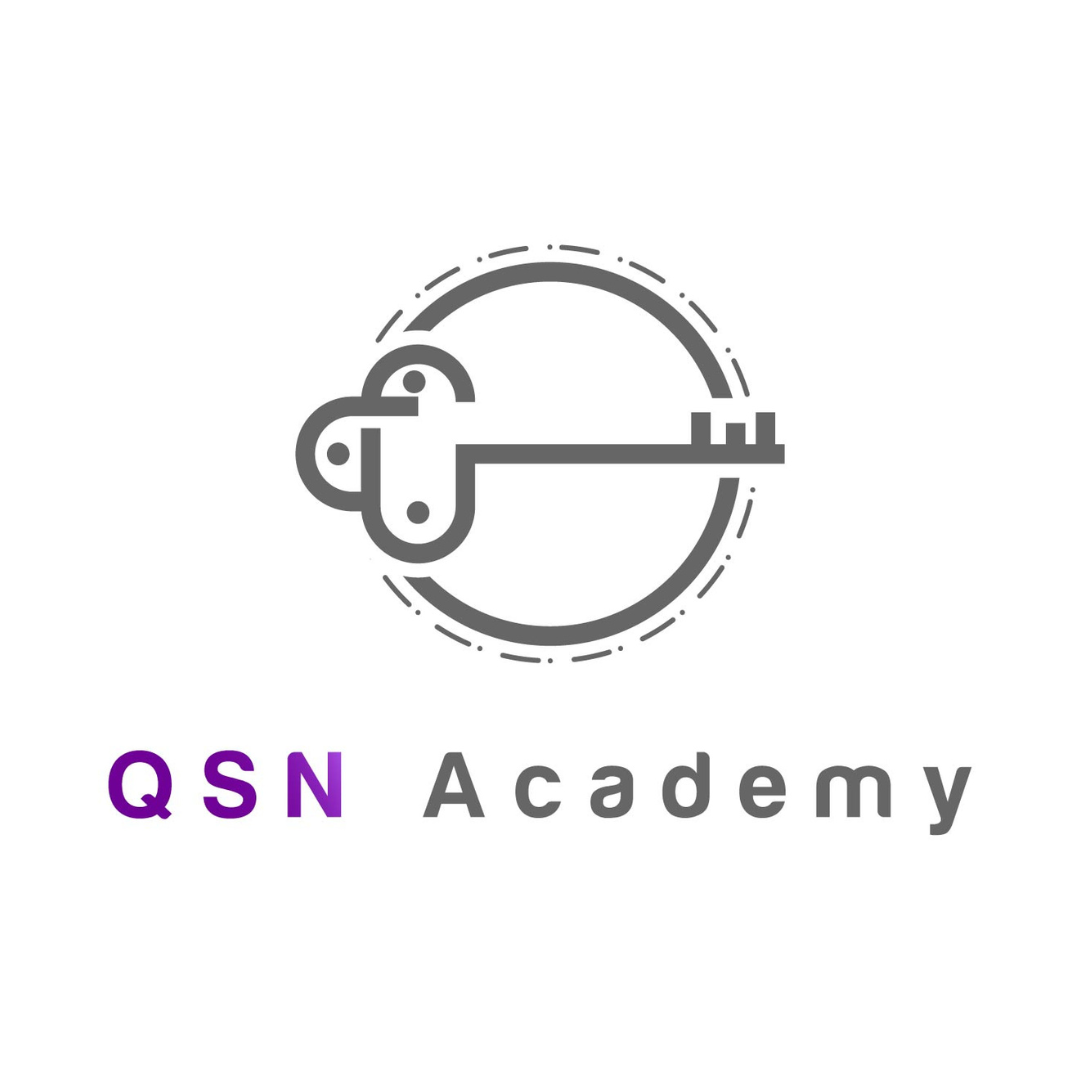
Staff Training in Research and Development Environments
In research and development (R&D) environments within the pharmaceutical, biotechnology, and therapeutic goods sectors, staff competence is not merely a factor in operational efficiency—it is a fundamental requirement for regulatory compliance, product quality, and innovation. The complexity of tasks in R&D, combined with stringent expectations set forth by Good Manufacturing Practice (GMP), Good Laboratory Practice (GLP), and other regulatory frameworks, necessitates a structured and scientifically grounded approach to staff training.
QSN Academy, as the educational arm of Quality Systems Now, recognises that fostering excellence in R&D environments begins with building robust, competency-based training systems. This article examines the significance, design, implementation, and continuous evaluation of staff training programs tailored for regulated R&D settings.
The Regulatory Imperative for Training
Training in R&D environments is mandated by multiple regulatory authorities, including the Therapeutic Goods Administration (TGA), U.S. Food and Drug Administration (FDA), and European Medicines Agency (EMA). These bodies require organisations to ensure that personnel are appropriately qualified through education, training, and experience to perform their assigned functions.
Under GMP and GLP frameworks, documented evidence of training must be available, and organisations must be able to demonstrate that their staff understand and consistently apply approved procedures, methods, and controls.
Inadequate training can lead to data integrity violations, experimental errors, regulatory citations, and in extreme cases, product development delays or failures. Therefore, a systematic approach to training is essential to ensuring both compliance and research validity.
Characteristics of Effective R&D Training Programs
A high-quality training program in R&D environments must be aligned with both regulatory expectations and the scientific nature of the work. Key characteristics include:
Role-Specific Competency Mapping
Training must be designed based on the specific roles and responsibilities of staff. For example, a formulation scientist requires different competencies than a quality control analyst or a molecular biologist. Competency mapping involves:
Identifying key tasks and responsibilities.
Defining the knowledge, skills, and behaviours required to perform those tasks.
Designing training modules to bridge knowledge or skill gaps.
Integration of Scientific Principles
Given the exploratory and highly technical nature of R&D work, training must go beyond procedural compliance to include deep understanding of scientific rationale, method development, experimental design, and risk-based decision-making. This includes:
Statistical approaches to experiment planning (e.g., Design of Experiments).
Principles of analytical method validation.
Application of Quality by Design (QbD) principles in product development.
Documentation and Traceability
All training activities must be documented in accordance with GMP and GLP principles. This includes:
Training matrices for each role.
Individual training records.
Training effectiveness evaluations.
Version control of training materials.
Proper documentation ensures that the organisation can demonstrate that all staff were trained before performing tasks that could impact data integrity or product quality.
Modes of Training Delivery
R&D training requires a blend of instructional formats to address the diverse learning needs and scientific complexity of the environment.
Classroom and Online Learning
Didactic training is effective for foundational knowledge, regulatory requirements, and theoretical concepts. E-learning platforms allow for scalable and consistent delivery, especially for:
GMP and GLP principles.
Data integrity training (e.g., ALCOA+).
Safety procedures and regulatory updates.
QSN Academy, for example, offers targeted modules on regulatory science, method validation, and GMP compliance through online platforms, enabling learners to study at their own pace while meeting regulatory learning objectives.
On-the-Job Training (OJT)
OJT is essential for translating theory into practice. It involves supervised, documented performance of actual job tasks, often with a designated trainer or mentor. OJT should:
Be structured and competency-based.
Include observational assessments.
Use checklists to ensure consistency.
Conclude with a formal sign-off by a qualified assessor.
This method is particularly critical for complex procedures such as aseptic technique, equipment calibration, and analytical testing.
Simulation and Scenario-Based Learning
Simulations allow staff to practice responding to deviations, unexpected results, or critical failures without compromising actual experiments or data. This approach improves:
Critical thinking and problem-solving.
Familiarity with investigation and CAPA processes.
Confidence in dealing with real-time challenges.
Simulations can be used in quality risk management training, deviation handling, or out-of-specification investigations.
Evaluating Training Effectiveness
Merely delivering training is not sufficient. Regulatory agencies expect organisations to demonstrate that training was effective. Common evaluation strategies include:
Written assessments or quizzes post-training.
Direct observation of task performance.
Review of error rates or deviations linked to staff performance.
Feedback surveys to improve training content and delivery.
Quality metrics such as deviation frequency, data review rejections, and investigation outcomes should be monitored to identify whether training correlates with improved performance.
Continuous Improvement in Training Programs
In a dynamic R&D setting, training must evolve in parallel with changes in science, technology, and regulatory expectations. This includes:
Updating training materials based on new regulatory guidance.
Revising SOPs and methods and retraining impacted personnel.
Conducting annual or biannual training needs analyses.
Incorporating lessons learned from audits and investigations into future training.
QSN Academy advocates for a Plan-Do-Check-Act (PDCA) approach to training program maintenance, ensuring that improvements are iterative and evidence-based.
Culture of Learning and Compliance
Training is not merely a compliance activity—it is a reflection of organisational culture. A successful R&D training program requires leadership support, resource allocation, and a culture that encourages learning, accountability, and scientific rigor.
Leaders must model good documentation practices, support staff in learning from mistakes, and prioritise training during onboarding and when change occurs.
Establishing communities of practice, mentoring programs, and cross-functional training can also enhance knowledge sharing and organisational resilience.
Conclusion
In research and development environments regulated by GMP and GLP standards, staff training is a strategic imperative that underpins data integrity, product quality, regulatory compliance, and innovation. Effective training programs are competency-based, scientifically informed, and rigorously documented.
By leveraging structured instructional design, blended learning methods, and continuous performance evaluation, organisations can equip their R&D personnel with the skills and knowledge necessary to meet both scientific and regulatory demands.
QSN Academy is committed to advancing excellence in training through tailored programs that support therapeutic goods manufacturers, testing laboratories, and biotechnology innovators. Our approach ensures that staff are not only trained to comply—but empowered to excel.
